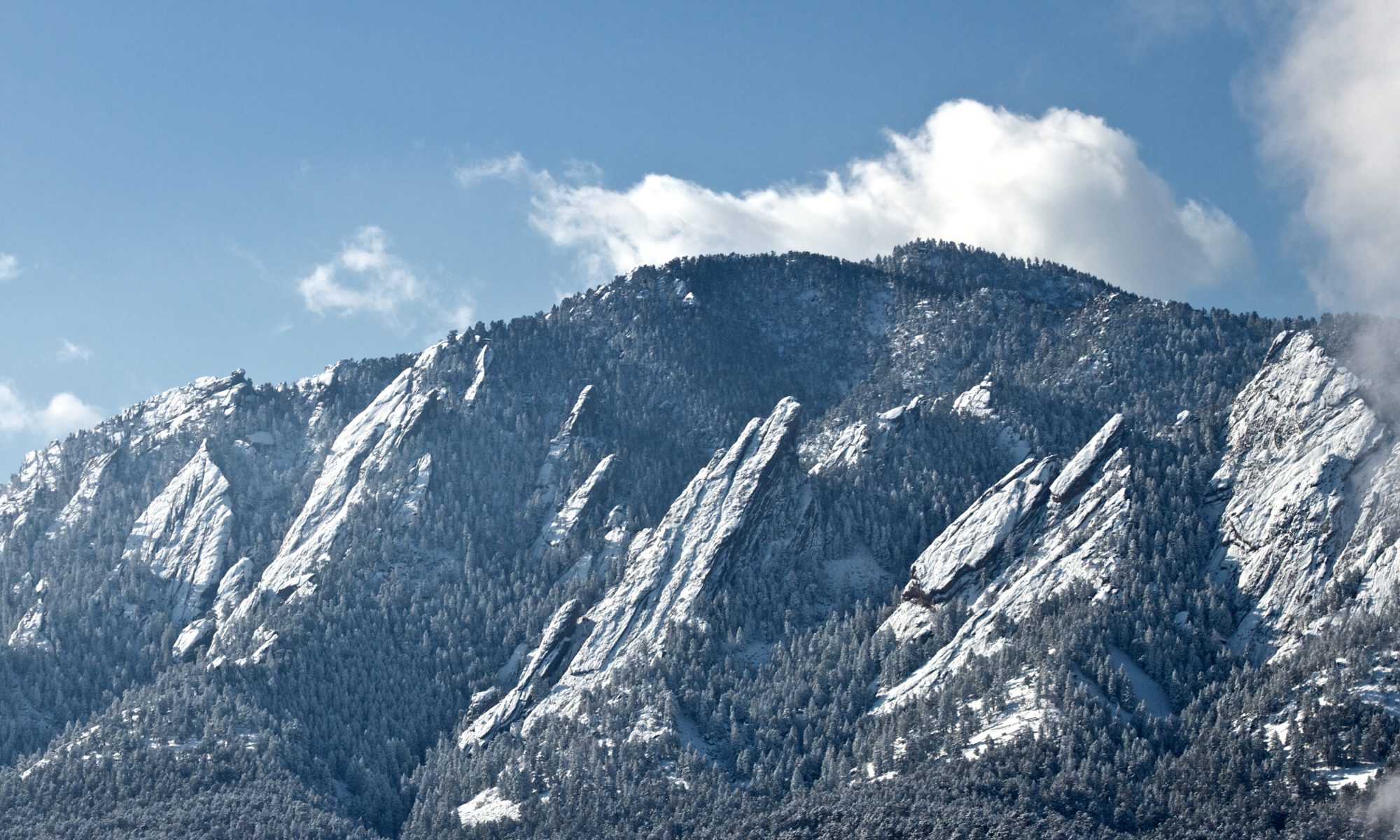Current Convolutional Neural Networks come in a variety of sizes and have rapidly evolving architectures, but under the hood, the vast majority of their computing cycles are still dedicated to convolution.
What if there were a better way?
A way that…
-
-
- was hundreds of times faster and used one percent of the power?
- supported even the latest, most advanced CNN architectures
- integrated transparently with the user’s current Deep Learning tools such as Caffe, CNTK, Keras, TensorFlow, Theano, etc.
- supported Training and Inference equally well?
- seamlessly combined the flexibility of a fully-programmable digital system with the inherent advantages of processing with Light
-
Meet Look Dynamics’ PHOTONIC CONVOLUTIONAL NEURAL NET

